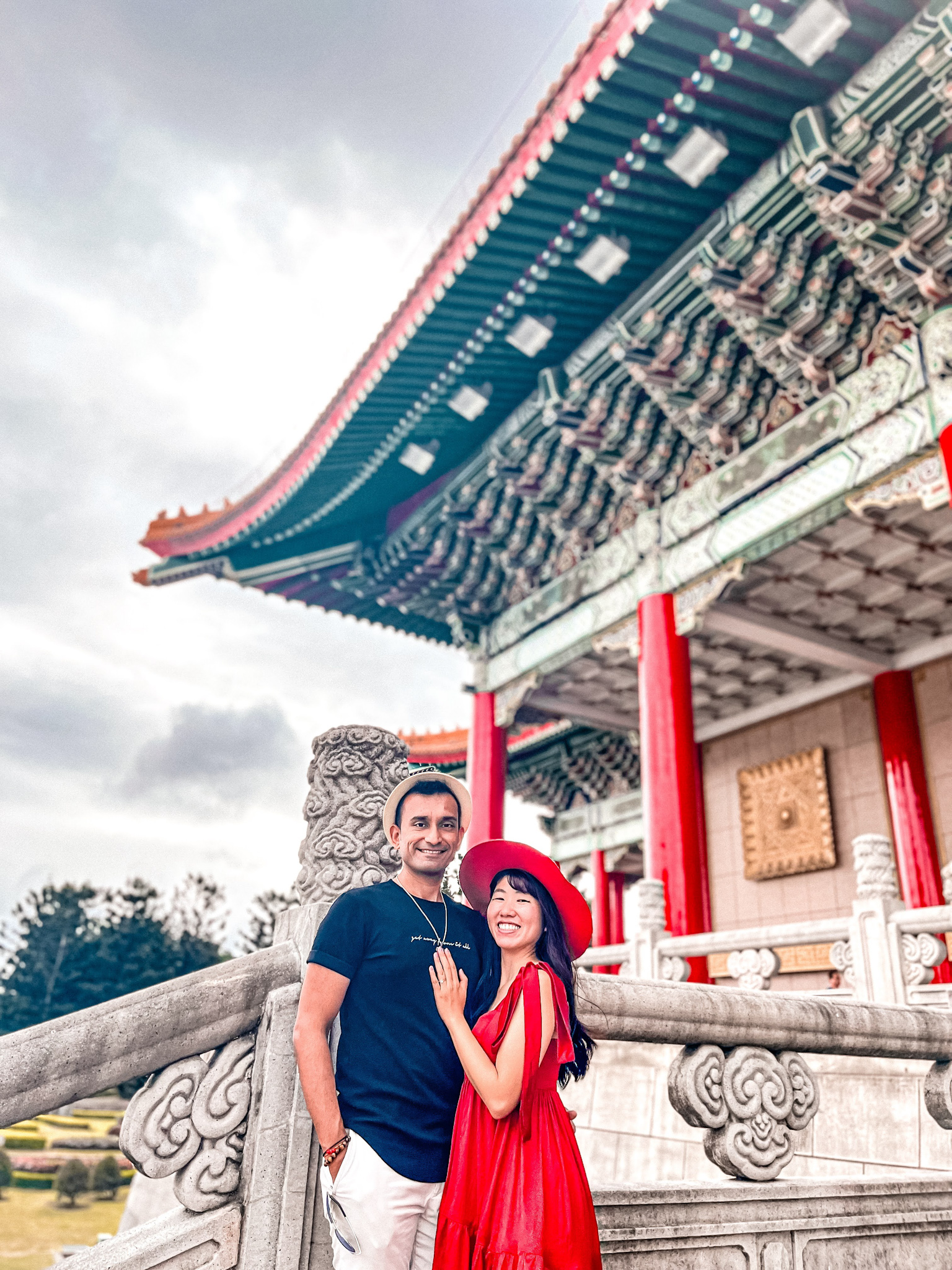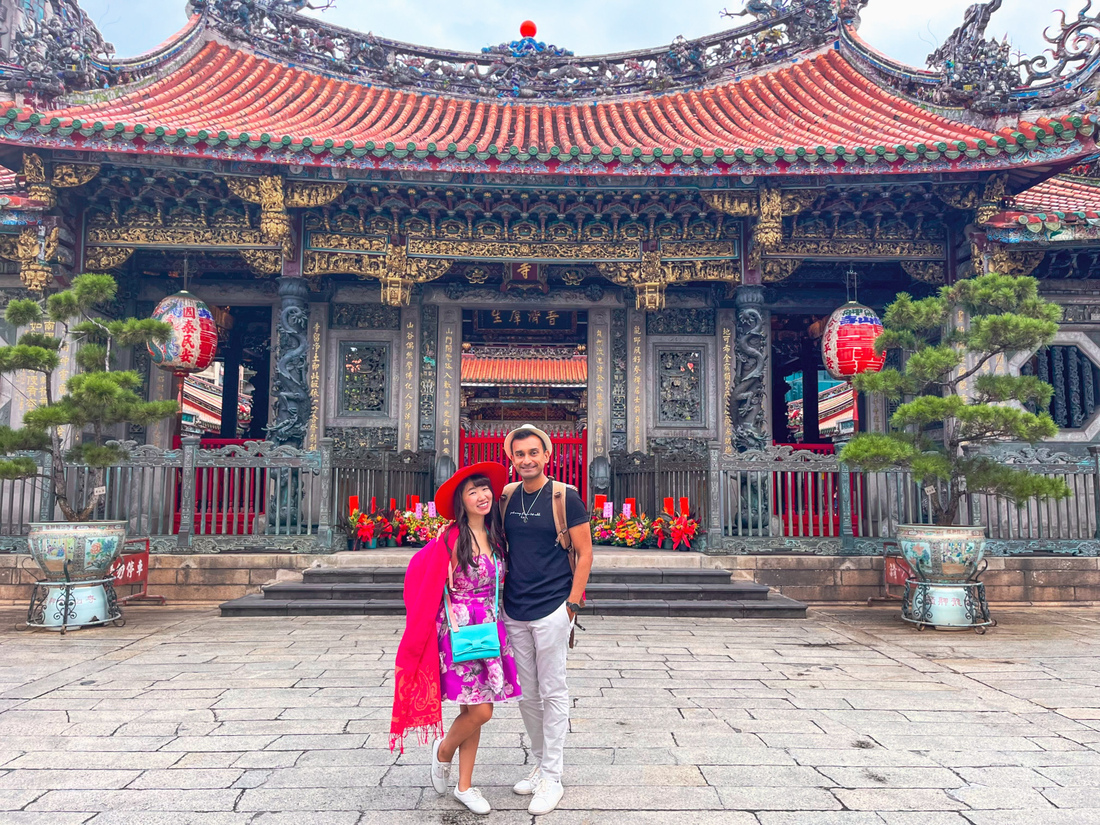Last Updated on December 5, 2024 by Jade and Deeshen

Hawaii is a home with a rich history and diverse cultures that has shaped its unique identity.
Understanding who founded Hawaii, how it was settled, when was Hawaii founded, and its evolution is essential for appreciating its cultural heritage.
For locals, this history reinforces a sense of identity and pride. For travelers, it offers deeper insights into the sacred land, fostering respect for the islands’ traditions and people.
This article will summarize the founder and discovery of Hawaii, key historical figures, timeline, and the cultural significance of these events – all in less than 10 minutes!
Readers also love our guides on Hawaiian sea turtles Hono meaning and Kahuna Hawaii (spiritual leaders and healers in Hawaiian culture.
But first, here are the best ticket deals for the Hawaii Cultural Experiences:
⭐Best deal for Polynesian Cultural Center – Explore 6 Polynesian island nations and their cultures. Get hula lessons, paddle a canoe, and taste Hawaiian food. (24 hours free cancellation) We recommend this one!
⭐Best deal for Pearl Harbor, USS Arizona and Honolulu Tour – Learn the history behind this famous US Navy Base in Hawaii, ride on a ferry to USS Arizona and explore famous historical sites.
Who Discovered Hawaii?
Who Discovered Hawaii #1- The Polynesians

Before we answer who is the founder of Hawaii, you have to know who discovered it. The discovery of Hawaii is credited to the Polynesians, a group of seafaring people known for their extraordinary navigation skills.
The Polynesians originated from Southeast Asia and spread across the Pacific Ocean, settling islands in a vast triangle that extends from New Zealand to Easter Island to Hawaii.
The exact date of their arrival in Hawaii is not precisely known, but archaeological evidence suggests that the first Polynesians reached Hawaii around 300-600 AD (over 1,500 years ago). These early settlers, likely from the Marquesas Islands, are considered the founders of Hawaiian culture and society.
Over time, there may have been additional migration waves from other Polynesian islands, bringing new influences and enriching Hawaiian traditions.
Thinking about traveling to Hawaii? Check out our guides on is it ethical to travel to hawaii right now and learn about 10 ways to be an ethical visitor!
You may also be interest in our Hawaii travel guides and tips.
Who Discovered Hawaii #2 – Captain James Cook

In terms of Western discovery, British explorer Captain James Cook is recognized as the first European to arrive in Hawaii. He is credited who first discovered Hawaii.
In 1778, Captain James Cook landed in Hawaii, Waimea Bay on the island of Kauaʻi, during his third Pacific voyage. Cook named the archipelago the “Sandwich Islands” in honor of his patron, the Earl of Sandwich.
Captain James Cook is credited as the first westerner who first discovered Hawaii (after the Polynesians).
His arrival marked the beginning of significant changes for the Hawaiian Islands, including increased contact with Europeans and other outsiders.
While Cook’s arrival marks a turning point in Hawaiian history, it doesn’t diminish the accomplishments of the Polynesians who settled and shaped the islands for centuries before.
You might be asking…if the Polynesians and Captain James Cook discovered Hawaii, then who founded Hawaii? And how is a founder difference? We cover this in my detail below.
Who founded Hawaii?
Who was the founder of Hawaii? Hawaii wasn’t “founded” in the traditional sense, with a single person or leader establishing the islands. Instead, the islands were settled by waves of Polynesian voyagers rather than by a single individual.
However, the most transformative figure in Hawaiian history is King Kamehameha I, who unified all the Hawaiian islands into a single royal kingdom in 1810. King Kamehameha I efforts to consolidate power and establish a unified state earned him the title of the founder of the Kingdom of Hawaii.

A “founder” in the context of Hawaiian history refers to an individual who played a significant role in establishing or founding a particular entity, such as the unification of Hawaii. King Kamehameha I is recognized for their pioneering efforts and leadership in creating a lasting legacy within Hawaii’s history.
Here’s a great video on summarizing quick history of Hawaii.
When was Hawaii Founded?
Hawaii’s human history dates back to approximately 1,500 years ago, when the first Polynesian settlers arrived from the Marquesas Islands and Southeast Asia. These early settlers established the foundation of what would become a rich and vibrant Hawaiian culture.
Archaeological evidence suggests that Polynesians arrived in Hawaii between 1000 and 1200 CE, after navigating vast stretches of the Pacific Ocean using the stars as their guide.
The Hawaiian Islands were already home to a thriving society with its own complex social structures, religious beliefs, and agricultural practices before the time Europeans arrived in the late 18th century.
Hawaii became a US State on August 21, 1959. More details on that below.
Today, the legacy of these early settlers and leaders continues to be celebrated, forming an integral part of Hawaii’s history. Today, Hawaii is a US state with the highest diversity index, rich heritage, and traditional sustainability practices.
Who Owned Hawaii Before It Became a State?
Before Hawaii became a state, it underwent several significant political changes:
- Kingdom of Hawaii (1810-1893): After the unification by King Kamehameha I, the islands were ruled as a monarchy until the overthrow of Queen Liliʻuokalani in 1893.
A monarchy is a form of government in which a person, the monarch, is head of state for life or until abdication. - Provisional Government and Republic of Hawaii (1893-1898): Following the overthrow of the monarchy, a provisional government was established, leading to the formation of the Republic of Hawaii in 1894.
A provisional government is a temporary government formed to manage a period of transition, usually following a state collapse. - Annexation by the United States (1898): Hawaii was annexed by the United States in 1898 and became a U.S. territory in 1900.
On July 7, 1898, the Hawaiian Islands were annexed by this joint resolution. When the Hawaiian islands were formally annexed by the United States in 1898, the event marked the end of a lengthy internal struggle between native Hawaiians and non-native American businessmen for control of the Hawaiian government. - Hawaii become a US State (1959): Hawaiʻi was an independent republic from 1894 until August 12, 1898. Hawaii was admitted as the 50th state of the United States on August 21, 1959.
When visiting Hawaii, remember to visit Polynesian Cultural Center, Bishop Museum, and Pearl Harbor, USS Arizona and Honolulu Tour to learn more on the rich history of Hawaii.
How did the Polynesians find Hawaii?
The Polynesians were exceptional navigators and sailors, using a combination of natural indicators to navigate the vast Pacific Ocean. They employed techniques such as:
- Star Navigation: Polynesians used the positions of stars and constellations to guide their voyages.
- Ocean Currents and Swells: They observed the patterns of ocean currents and swells to maintain their course.
- Bird Migrations: The migratory patterns of birds provided clues about the direction and proximity of land.
- Cloud Formations: Certain cloud formations indicated the presence of islands over the horizon.
- Traditional Knowledge: Oral traditions and knowledge passed down through generations played a crucial role in their navigation skills.
These methods enabled the Polynesians to embark on long-distance voyages across the Pacific and ultimately discover and settle the Hawaiian Islands.
Final Insights: Who founded Hawaii
We hope you found this guide on who founded and discovered Hawaii helpful. Hawaii’s history is a testament to the inspiring seafaring skills and cultural richness of the Polynesian people, who first discovered and settled the islands over 1,500 years ago.
The later unification by King Kamehameha I, the influence of Western explorers like Captain James Cook, and Hawaii’s eventual annexation and statehood are all key chapters in Hawaii’s history.
Understanding this history enriches our appreciation of Hawaii, fosters respect for its culture, and connects us to its roots, present, and future.
More on Kauai:
- Is Kauai Safe to Visit in 2025
- 11 Memorable Ways to Spend Your Last Day in Kauai
- 9 Kauai Buddhist Temples You Can Visit for Peace
- When is Kauai Rainy Season Read This Before Your Trip
- Rudraksha Forest Kauai Read This Before Visiting
- Sacred Rudraksha Forest Photos See Before You Go
More on Hawaii:
- 6 Days Oahu Itinerary
- Honolulu 2 Days Itinerary
- Ultimate Hawaii Packing List All You Need to Bring 2024
- What to Pack for 10 Days in Hawaii
- Is it Ethical to Travel to Hawaii Right Now 10 Ways to Be a Responsible Visitor
- Who Founded Hawaii When
- 12 Best Hotels North Shore Oahu
- Best Route to Drive Around Oahu
- 7 Best Oahu Sunrise Spots All You Must Know BEFORE You Go
- Where to See Turtles in Oahu All You Need to Know BEFORE You Go
- The Hawaiian Honu Symbol of Wisdom Good Luck & Resilience
- What is a Hawaii Kahuna 11 Unexpected Lessons from the Kahuna
























































